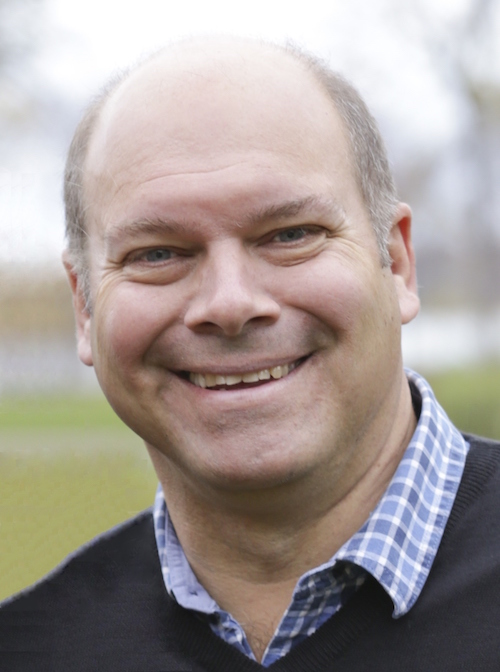
Bethel University Professor of History Diana L. Magnuson is documenting the growth of the Minnesota Population Center. Believing that preserving institutional memory is vital, the Center is supporting Magnuson’s work to capture oral histories of past and present MPC faculty and staff.
This is the second in a three-part series, with oral histories from the information technology (IT) side of the MPC. For over 16 years, the IT staff has collaborated with the MPC research staff to recode and disseminate data, develop specialized software, and make research more efficient. The “secret sauce of the MPC” is the longstanding synergistic collaboration between IT and research staff.


 Associate Professor of History and MPC Faculty Member J. David Hacker made headlines in 2011 when he published a groundbreaking study of the total number of U.S. Civil War dead. Hacker argued that the widely-accepted figure of 620,000 was far too low. Using IPUMS, Hacker showed that the number of dead was at least 750,000—if not more. His article, “A Census-Based Count of the Civil War,” published in Civil War History, was introduced by the editors in the issue as “among the most consequential pieces ever to appear in this journal’s pages.”
Associate Professor of History and MPC Faculty Member J. David Hacker made headlines in 2011 when he published a groundbreaking study of the total number of U.S. Civil War dead. Hacker argued that the widely-accepted figure of 620,000 was far too low. Using IPUMS, Hacker showed that the number of dead was at least 750,000—if not more. His article, “A Census-Based Count of the Civil War,” published in Civil War History, was introduced by the editors in the issue as “among the most consequential pieces ever to appear in this journal’s pages.”